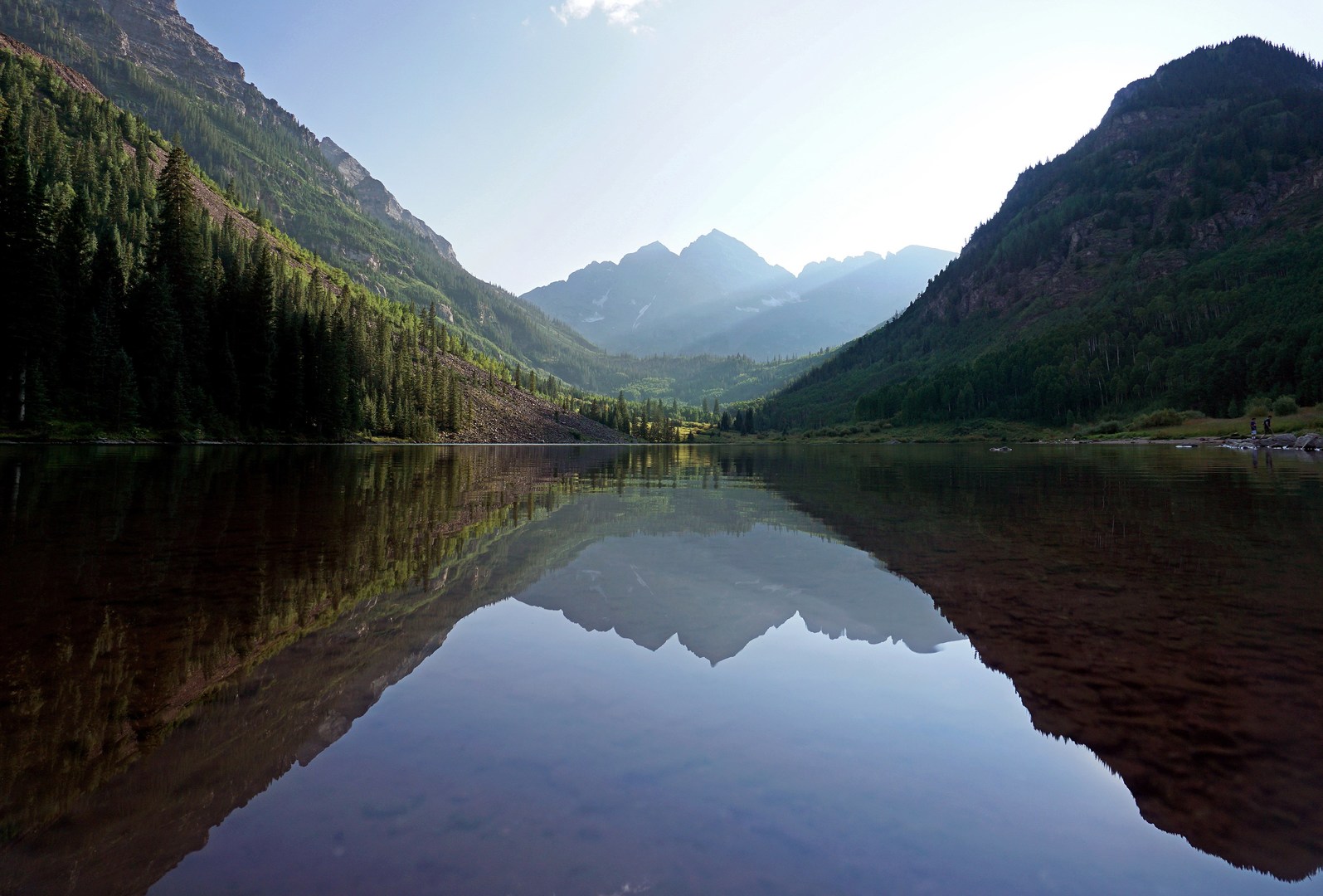You are here
A Colorado backcountry classic, Four Pass Loop travels around the Maroon Bells-Snowmass Wilderness area over four mountain passes that exceed 12,000 feet. The loop extends for a total of 27 miles and includes more than 8,000 feet of elevation gain. The route is a grand tour through meadows, valleys, alpine lakes, streams, and wildflowers. Wildlife is abundant as black bears, moose, mountain goats, elk, deer, porcupines, and a variety of birds all call the White River National Forest home.
Most backpackers choose to complete the popular circuit in three or four days, and ambitious trail runners tackle the loop in a single day.
There are ample scenic spots to pitch a tent along the route, but check restrictions as the Forest Service often closes certain areas to camping because of wildlife behavior or for habitat restoration. As of 2015, bear canisters are required to store food for backpackers spending the night in the backcountry because of increased bear encounters.
The trail begins on the shores of Maroon Lake at 9,580 feet. If hiked counterclockwise, it starts up toward Crater Lake and West Maroon Pass. After a steady 6-mile climb, hikers stand on the saddle of 12,480-foot West Maroon Pass between the red rocks of Belleview Mountain to the north and Mount Bellview to the south. The trial then descends into Hasley Basin along a smooth, wildflower-lined singletrack before it gently ascends toward 12,415-foot Frigid Air Pass.
From Frigid Air Pass hikers look down into Fravert Basin, which is blanketed with colorful wildflowers in the summer. There are several places to camp while descending into the basin's pine tree forest along the North Fork Crystal River before the trail suddenly pitches up a steep ascent toward 12,415-foot Trail Rider Pass. About halfway up the heart-thumping climb hikers can take a 1.5-mile detour toward Geneva Lake or continue on up toward the pass.
Upon reaching Trail Rider Pass, Snowmass Lake can be seen below with 14,098-foot Snowmass Mountain looming in the distance. The descent follows the eastern side of the lake before turning east toward 12,462-foot Buckskin Pass and the backside of the Maroon Bells.
The descent off of Buckskin Pass is long and steep, which is why most backpackers choose to go counterclockwise rather than climb the steep pass straight off. The trail curves around the Bells as it descends into Minnehaha Gulch toward Crater Lake, where the trail leads back to the trailhead at Maroon Lake, rounding out the incredibly scenic Four Pass Loop.
The best time to make the trek is middle to late summer, after the snow melts and when the wildflowers are in bloom.
Logistics + Planning
Current Weather: Powered by Dark Sky






























Comments
Any advice on doing it clock-wise or counter-clock wise?
RS
Sign In and share them.